Optimal Timing for Demolition Services
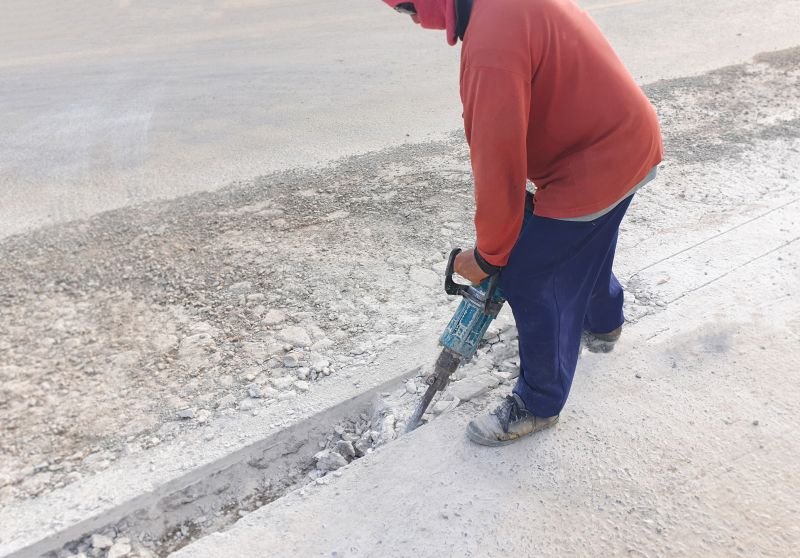
Demolition projects are often scheduled during periods of low construction activity to avoid delays.

Optimal weather conditions, such as mild temperatures and dry weather, are ideal for demolition work.

Coordinating demolition with subsequent construction phases can minimize downtime and improve efficiency.

Ways to make Demolition Service work in tight or awkward layouts.
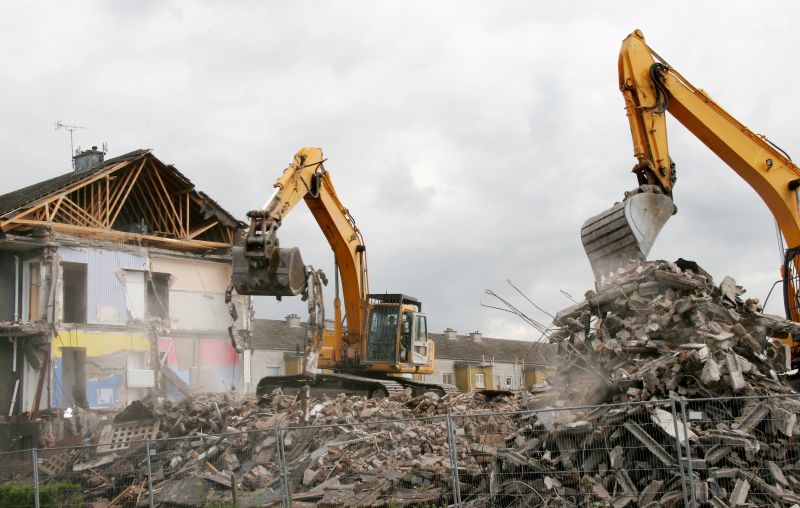
Popular materials for Demolition Service and why they hold up over time.

Simple add-ons that improve Demolition Service without blowing the budget.
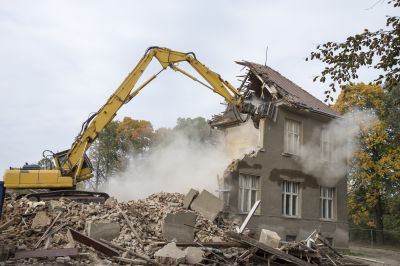
High-end options that actually feel worth it for Demolition Service.

Finishes and colors that play nicely with Demolition Service.
Demolition services are essential for clearing sites for new developments, renovations, or infrastructure projects. Proper timing ensures safety, compliance, and cost-effectiveness. The best time to undertake demolition often aligns with favorable weather conditions and construction schedules, reducing delays and hazards.
Statistics indicate that scheduling demolition during spring and fall can lead to fewer weather-related disruptions. Additionally, planning demolition during periods of low activity in the construction industry can facilitate smoother project transitions. Effective timing helps manage costs and ensures safety protocols are maintained throughout the process.
Assessing site conditions and scheduling accordingly is vital for project success.
Timing demolition to avoid peak environmental impact periods is important for compliance.
Securing permits and approvals in advance can influence the project timeline.
Scheduling during less disruptive times minimizes community disturbance.

Heavy machinery ready for efficient site clearing.
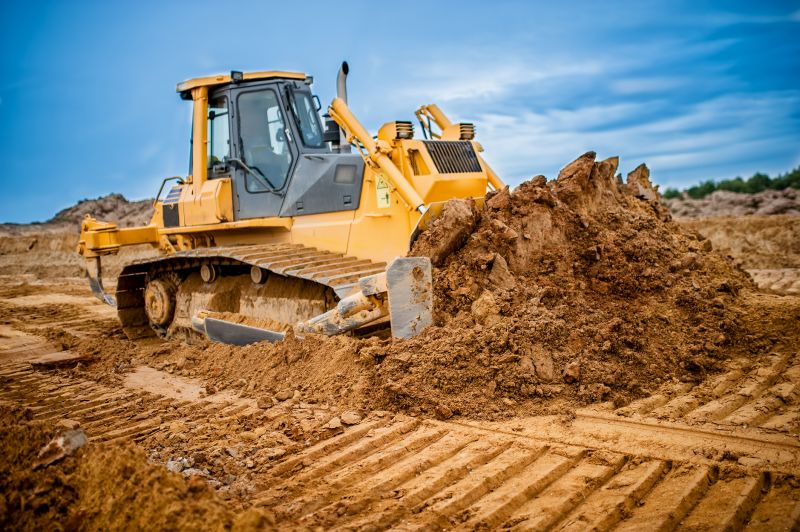
Preparing the site for demolition work.

Implementing safety protocols during demolition.

Post-demolition cleanup and waste management.

Little measurements that prevent headaches on Demolition Service day.

A 60-second routine that keeps Demolition Service looking new.
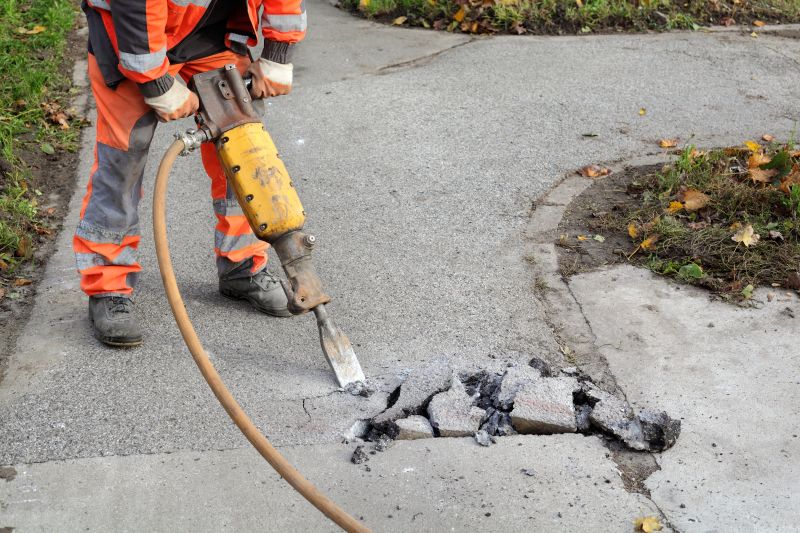
A frequent mistake in Demolition Service and how to dodge it.

Small tweaks to make Demolition Service safer and easier to use.
| Timing Factor | Impact |
|---|---|
| Weather Conditions | Ideal during dry, mild weather for safety and efficiency |
| Construction Schedule | Align with project timelines to minimize delays |
| Permitting Process | Allow sufficient time for approvals before demolition |
| Seasonal Considerations | Spring and fall often offer optimal conditions |
| Community Restrictions | Schedule to reduce neighborhood disruption |
Choosing the right time for demolition involves evaluating multiple factors, including weather, project timelines, and community considerations. Proper planning ensures safety, reduces costs, and aligns with subsequent construction activities.

Cleared site ready for new development.

Tools used for efficient demolition.

Protective equipment for workers.
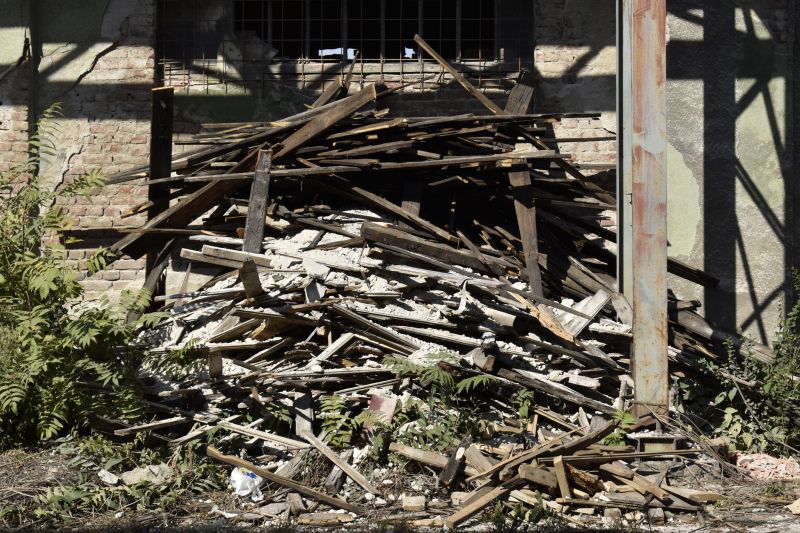
Proper waste management after demolition.
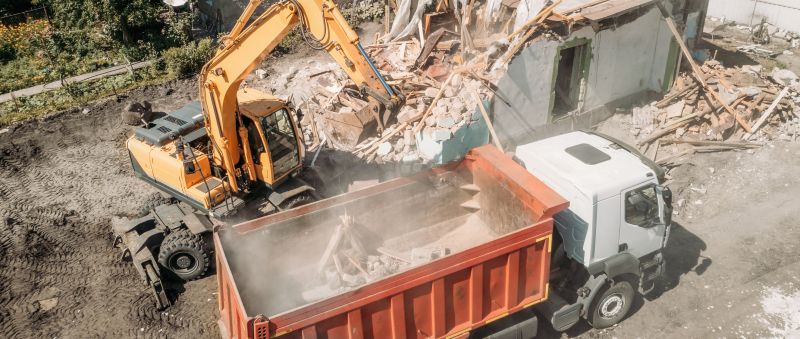
Lower-waste or water-saving choices for Demolition Service.
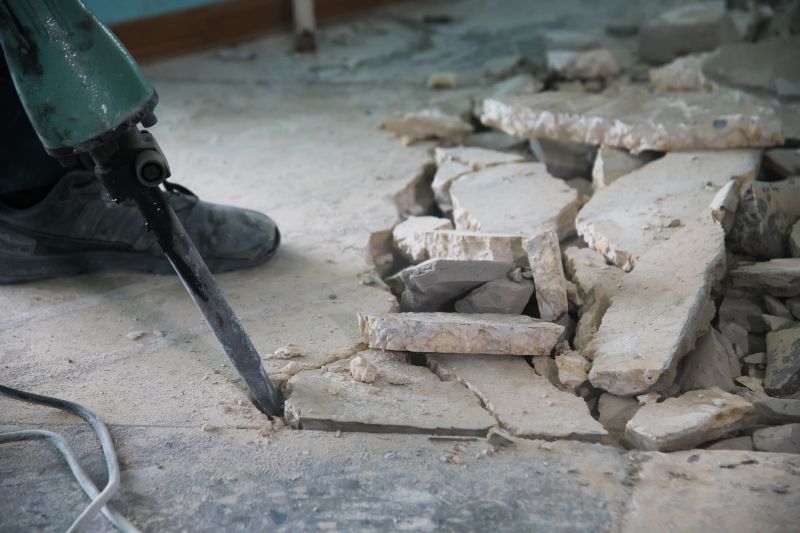
The short, realistic tool list for quality Demolition Service.

Rough timing from prep to clean-up for Demolition Service.

Quick checks and paperwork to keep after Demolition Service.
Interested parties are encouraged to contact to discuss project timelines and scheduling options. Proper timing can streamline demolition processes and support successful project completion.
